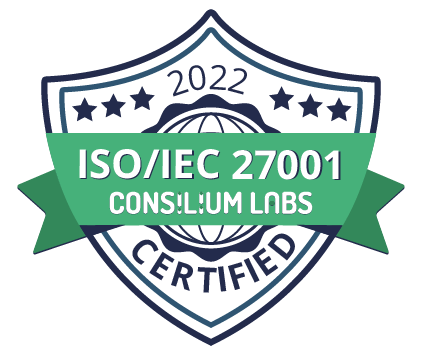Determining the best way to make decisions and set priorities has been a topic for debate since ancient times. Science and experience are finally converging to advise us on clear approaches to make better decisions.
Make Important Decisions Better with Structured Decision Making
Adopting these decision-making guidelines will help your business determine strategic direction, grow revenues, improve the customer experience, and differentiate your organization--for a clear competitive advantage.
Start by ensuring organizational and personal readiness
- Clarify terminology
- Plan to avoid common decision traps
- Harness Decision Software to Solve Internal Facilitation Needs
Then, treat decision-making and priority setting as a process, just as you probably do for budget reviews and financial forecasting
- Take time to physically structure or “frame” the decision
- Clarify roles of the participants and embrace collaboration
- Leave time to iterate
“Process is not the opposite of creativity; it is the opposite of chaos." – Michael Hammer
Treat Decision-Making and Priority Setting as a Formal Process
Decision-making and priority setting have all the elements of other important business processes. A business process is defined as “an organized group of related activities that together create value”. Most of us are familiar with manufacturing processes, sales processes, invoicing processes, etc.; however, we need our organizations to more regularly view decision-making as a process integral to the success of the organization.

The process improvement guru, Michael Hammer, says it all.
“One common misperception is that process is somehow the enemy of creativity, that it implies onerous routines and automation, that it may be relevant for transactional work but not for such areas as developing strategy and products. This is wrong. Process is not the opposite of creativity; it is the opposite of chaos…Process creates discipline and repeatability by putting individual activities into a precise framework. When they have a process perspective, people can focus their creativity where it belongs, on the content of their work, rather than on the structure of their work. Process work is also predictable and repeatable, since processes deliver results by design rather than by luck or through Herculean individual effort.”
Next blog? 6 Key Guidelines for Structured Decision Making












